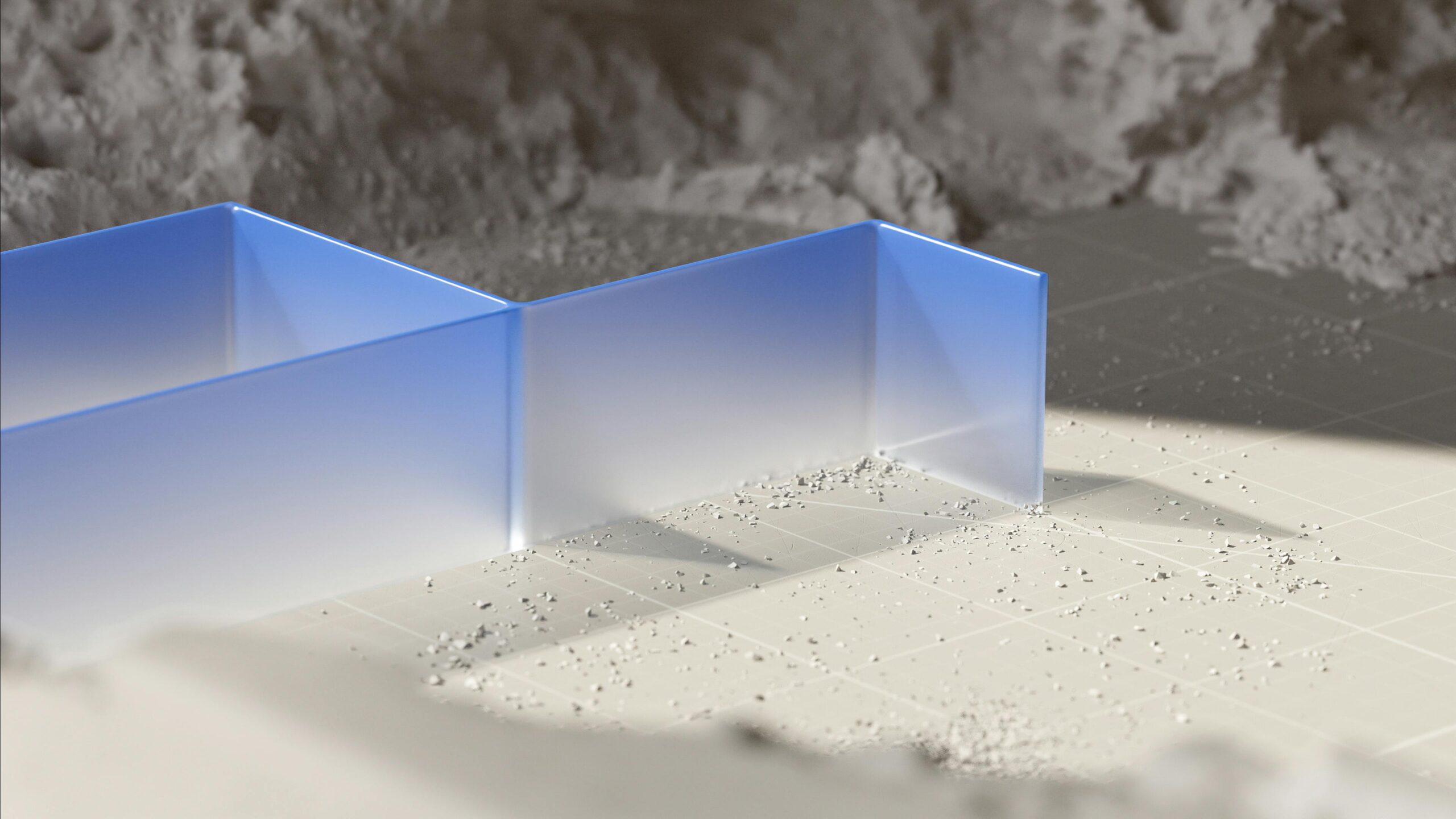Future of AI in Web Design Collaboration: 2025 and Beyond
AI: The Emerging Design Partner
The world of web design is constantly evolving, and at its forefront stands artificial intelligence (AI). By 2025, AI will not just be a tool, but a collaborative partner, significantly reshaping how designers, developers, and clients interact. CopyElement, focused on streamlining Elementor workflows, recognizes the immense potential of AI in optimizing the design process and eliminating the need for cumbersome plugins. Let’s explore how AI will redefine web design collaboration.
Automated Task Management and Workflow Optimization
One of AI’s most impactful contributions will be in automating tedious tasks. Imagine AI intelligently analyzing project requirements and automatically assigning tasks to team members based on their expertise and availability. By 2025, AI-powered platforms will likely handle:
Project Scoping: Automatically generating project outlines based on client input.
Resource Allocation: Optimizing team member assignments based on skill sets and workload.
Deadline Management: Predicting potential delays and suggesting proactive solutions.
Progress Tracking: Monitoring task completion and identifying bottlenecks in real-time.
This will free up designers to focus on creative problem-solving and innovative design strategies, significantly boosting efficiency and reducing project timelines.
Enhanced Communication and Feedback Loops
Miscommunication and delayed feedback are common challenges in web design projects. AI is poised to revolutionize how teams communicate and iterate on designs:
AI-Powered Communication Platforms: Intelligent chatbots will summarize project updates, answer frequently asked questions, and facilitate seamless communication between designers, developers, and clients.
Sentiment Analysis: AI will analyze client feedback to identify underlying concerns and suggest design adjustments that address those concerns.
Automated Design Reviews: AI will automatically flag potential accessibility issues, coding errors, and design inconsistencies, ensuring higher quality deliverables.
Real-Time Collaboration: AI-driven tools will allow for simultaneous design modifications and feedback within the design interface, leading to faster iteration cycles.
Personalized Design Experiences and Dynamic Content Creation
AI will empower designers to create more personalized and engaging user experiences:
AI-Driven Personalization: Based on user data and behavior, AI will automatically tailor website content and design elements to individual preferences, increasing engagement and conversion rates.
Dynamic Content Generation: AI will generate headlines, product descriptions, and even entire webpage sections based on real-time data and user intent. This will allow for dynamic websites that adapt to changing market conditions and user needs.
AI-Assisted A/B Testing: AI will automate A/B testing processes, quickly identifying design variations that perform best for specific target audiences.
Predictive Analytics for User Behavior: AI algorithms will analyze user behavior to predict future trends and suggest design modifications that proactively address evolving user needs.
AI-Generated Design Systems and Style Guides
Maintaining design consistency across a website can be a challenge, especially in larger projects. AI can streamline this process by:
Automated Style Guide Creation: AI will analyze existing design elements and automatically generate comprehensive style guides, ensuring consistency across all pages.
AI-Powered Design System Management: AI will manage and maintain design systems, automatically updating components and enforcing design standards.
Intelligent Component Recommendations: AI will suggest relevant Elementor components from libraries like CopyElement based on the context of the design, accelerating the design process.
Automated Code Generation: AI will generate clean and efficient code based on design specifications, reducing development time and minimizing errors.
Navigating the Future: The Role of Human Designers
While AI will automate many tasks, the human element remains crucial. AI will augment, not replace, designers. The future will require designers to:
Develop Strong AI Literacy: Understanding how AI works and how to effectively leverage its capabilities.
Focus on Creative Strategy and Conceptual Design: AI excels at execution, but humans are still needed for strategic thinking and original idea generation.
Embrace Continuous Learning: Keeping up with the rapidly evolving AI landscape and adapting to new tools and techniques.
Cultivate Empathy and User Understanding: AI can analyze data, but human designers are needed to understand the emotional needs and motivations of users.
CopyElement and the AI-Powered Web Design Future
CopyElement is committed to helping web designers embrace the AI-powered future. By providing a comprehensive library of high-quality Elementor components, CopyElement empowers designers to build stunning websites faster and more efficiently. As AI continues to evolve, CopyElement will integrate AI-driven features to further streamline the design process, making it easier than ever to create exceptional online experiences without relying on extra plugins. Stay tuned for future updates and explore how CopyElement can help you leverage the power of AI in your web design projects.








